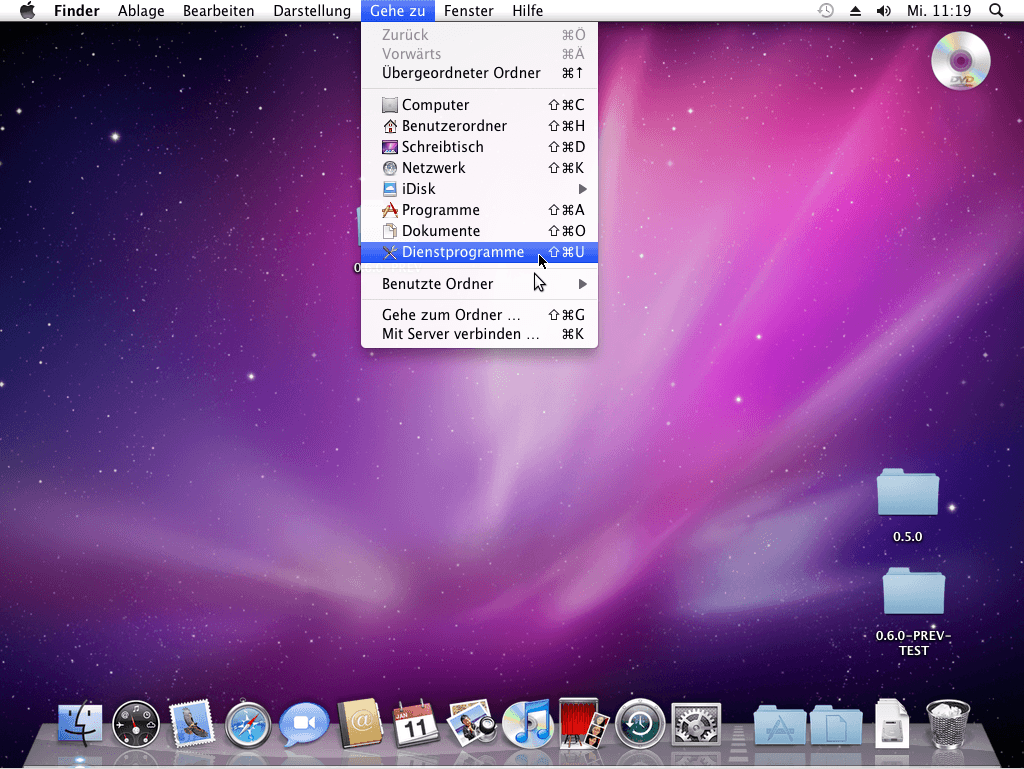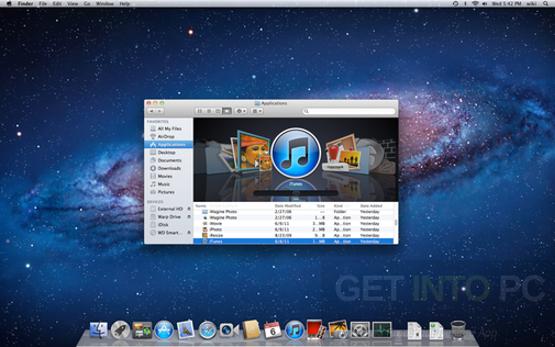

- Mac os x 10.7 for vmware mac os x#
- Mac os x 10.7 for vmware install#
- Mac os x 10.7 for vmware Patch#
- Mac os x 10.7 for vmware software#
VMware Player 4/5/6/7 & VMware Workstation Player 12 on Windows and Linux (32 & 64-bit versions).VMware Workstation 8/9/10/11/12 on Windows and Linux (32 & 64-bit versions).Copy darwin.iso to VMware folder, if needed.Fix libvmkctl.so on ESXi 6 to allow use with vCenter.Fix vmwarebase.dll or vmwarebase.so to allow Apple to be selected during VM creation.
Mac os x 10.7 for vmware mac os x#
Mac os x 10.7 for vmware Patch#
The patch code carries out the following modifications dependent on the product being patched: Eventually, users are able to realize running a Mac OS X operating system on Windows/Linux/Mac OS X platform through a VMware virtual machine software. Mac OS X Unlocker for VMware enables your VMware program to recognize the ISO/IMG/CDR file format of Mac OS X (especially the image file of Hackintosh/ OSx86 and VMware edition of Mac OS X), then to install and run it normally.
Mac os x 10.7 for vmware software#
Mac OS X Unlocker for VMware (AKA: macOS Unlocker for VMware, VMware Unlocker or Workstation Unlocker for short) is a universal unlock patch (actually a combination of the unlocker codes) developed by Donk from United Kingdom. As the best Mac OS X unlock patch for VMware virtual machine software on the Internet at present, it is capable of easily and quickly remove the function lock to Mac OS X (Server) in all VMware virtual machine products.
Mac os x 10.7 for vmware install#
To install and run Mac OS X operating system in a VMware virtual machine on Windows/Linux/Mac OS X, you have to setup an unlock patch for your VMware product (it can be VMware Workstation, VMware Workstation Player, VMware Fusion or VMware ESXi/vSphere Hypervisor) first, so as to remove this restriction. For more information about RAM allocation, see Investigating virtual machine resources in VMware Fusion (1022213).By default, VMware product does not support creating a Mac OS X virtual machine directly, there is no such an option at all. VMware recommends upgrading to at least 4GB of RAM. This is an increase from Snow Leopard, and it may cause performance issues on Macs that only have 2GB of RAM or that allocate the majority of their free RAM to virtual machines. The minimum RAM requirement for Lion itself is 2GB of RAM.For more information, see USB devices fail after upgrading to Mac OS X Lion (10.7) (2004687). These are due to incorrect filesystem permissions on the Mac. Mac OS X 10.7 (Lion) Client and Server cannot be run as guests.Minor visual issues have been reported when using Mission Control with Unity mode.For more information, see A Boot Camp virtual machine fails to power on with a disk error (1003483). To work around this issue, delete the Boot Camp virtual machine from the library and recreate it. Boot Camp partitions may not be accessible through Fusion after upgrading to Lion.

For more information on Converter, see this article: Converting a physical machine for Fusion, Workstation, or Player using Converter Standalone (2005129). The resulting virtual machine can then be used in Fusion running on Lion. VMware recommends that a Snow Leopard-based Mac or vCenter Stand-Alone Converter be used to migrate an existing PC. This is due to a change in file sharing components.


 0 kommentar(er)
0 kommentar(er)
